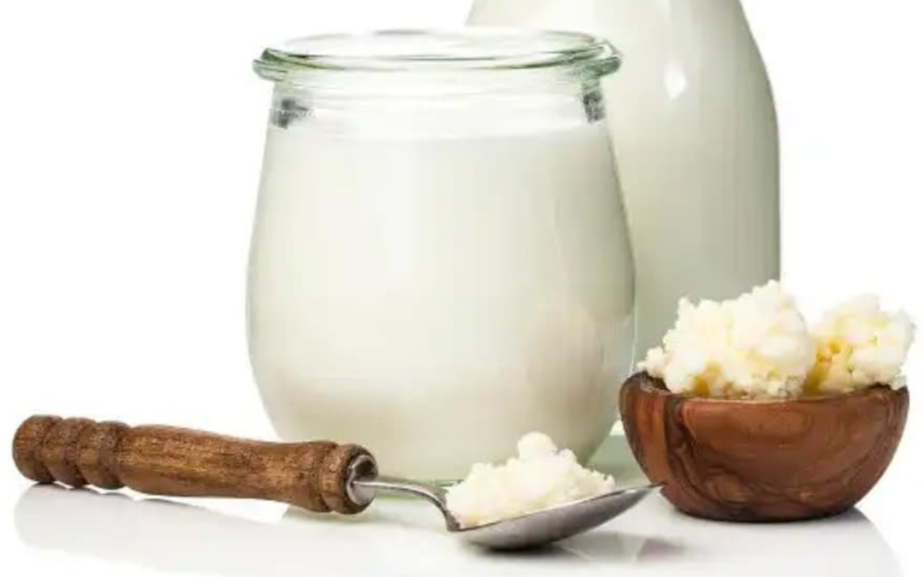
Time to accept something as a fact, folks... consumer appetite for all things fermented, cultured and probiotic-packed is here to stay - that means we're hearing lots yet about things like kimchi, yoghurt, sauerkraut, pickles, kombucha and... kefir!
General understanding around kefir has been steadily growing for some time; in fact, we reported on it as a growing trend back in 2017 - check out our article on kefir drinks here, for more background. And it certainly seems like consumers are on board for kefir - indeed, Tesco reported in February that sales of kefir had gone up 400% in just 18 months. So what exactly is kefir, and what's al the fuss about?
We take a look in this article at some of the reasons behind its growing popularity, and some products that are paving the way in kefir innovation.
What The Health
Kefir is often likened to another probiotic rich product, its dairy counterpart - yoghurt. They do share plenty in common; both are traditionally made from cow's or goat's milk, and are good sources of protein, calcium and vitamins. Both are also fermented or cultured - that's what gives them all those gut-friendly, live probiotic credentials.
But here's where they differ...
Yoghurt is made with bacteria, which breaks down milk sugars into lactic acid (lactic acid fermentation) and curdles the milk (which gives yoghurt its thick, creamy texture). Kefir, on the other hand, is made from a mixture of bacteria and yeast, known as 'kefir grains' - essentially starter cultures, which resemble little cauliflower florets. With the kefir grains involved, milk undergoes both lactic acid and alcoholic fermentation. It's also typically fermented for longer than yoghurt. The end result is usually slightly sour and fizzy, and has a more drinkable texture (rather than being thick and spoonable, like yoghurt).
Get Fruity
The most popular way to get your kefir hit is unquestionably in the form of 'yoghurts' and pourable drinks. Some like these 'straight up', others incorporate them into their breakfast with the addition of granola, cereal or fruit. One of the ways that brands are making an effort for their kefir products to stand out, is with the addition of fruity flavour twists - from tropical (think mango or passionfruit) to tart stone fruit and berries (think cherries, strawberries and raspberries) and plenty in between.
Water Kefir
We are used to seeing kefir presented as a fermented milk drink, but more and more we are seeing another drink format enter the fray - water kefir. Unlike its dairy counterpart, which is made using cow, sheep or goat's milk, water kefir is made by combining sugar water with kefir grains.
For more on thefoodpeople and to read our detailed report on Kefir in full via the trendhub click here, join the TFP community by visiting www.thefoodpeople.co.uk